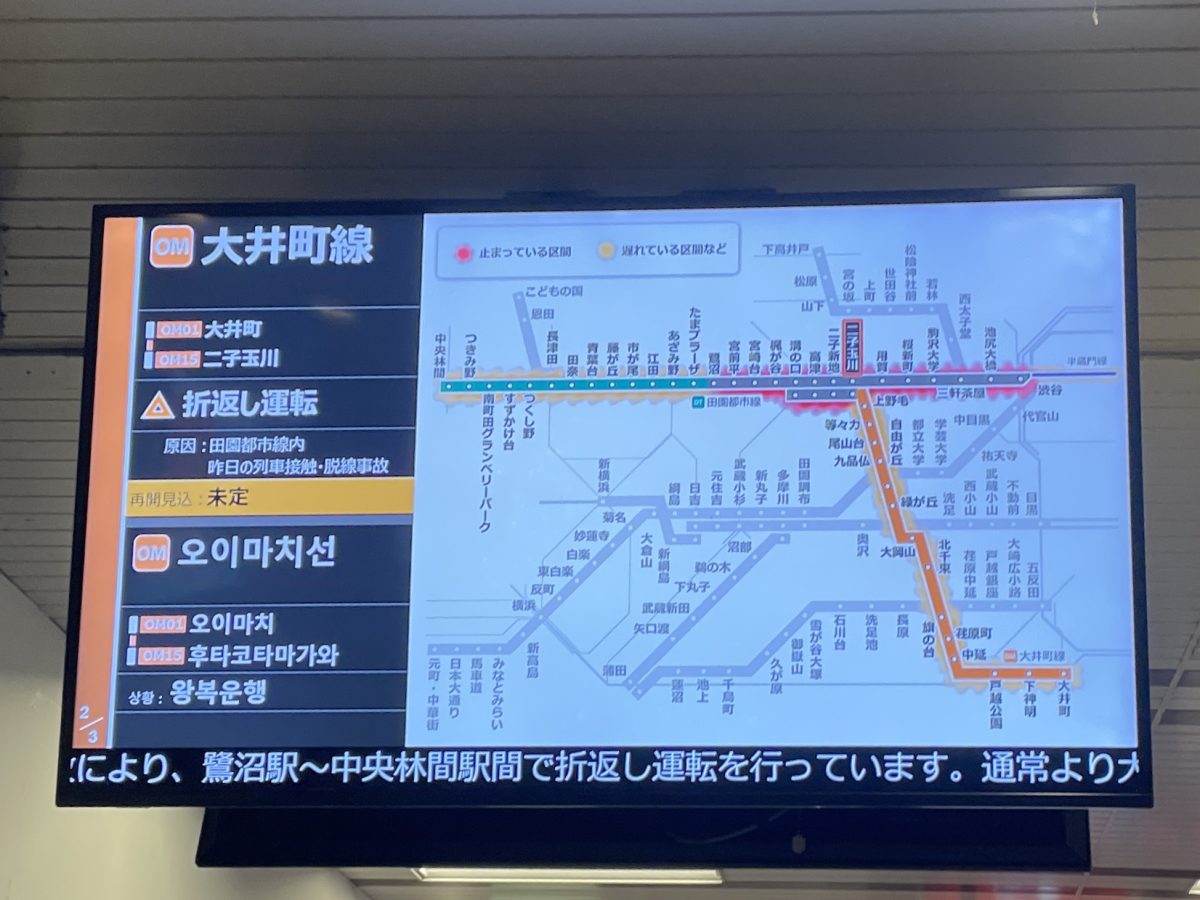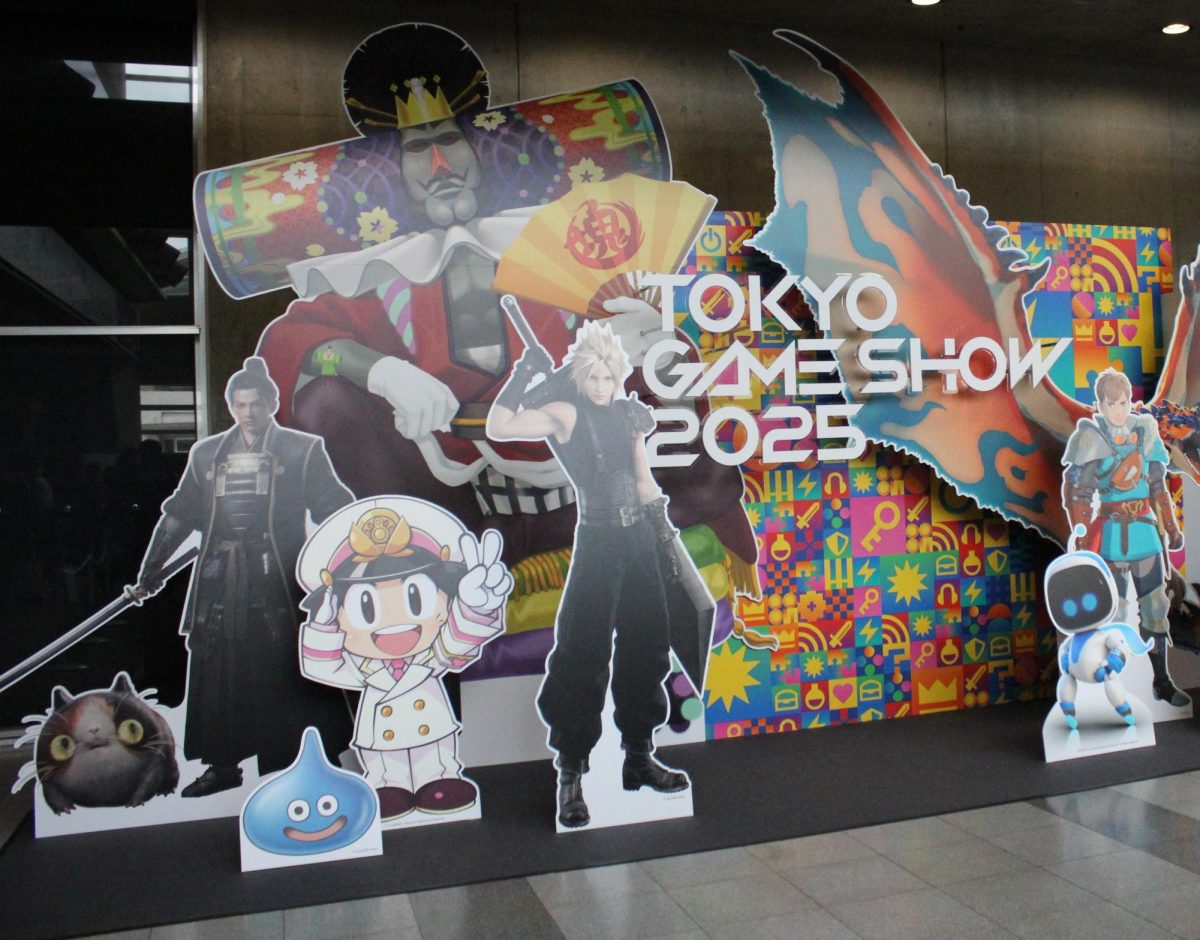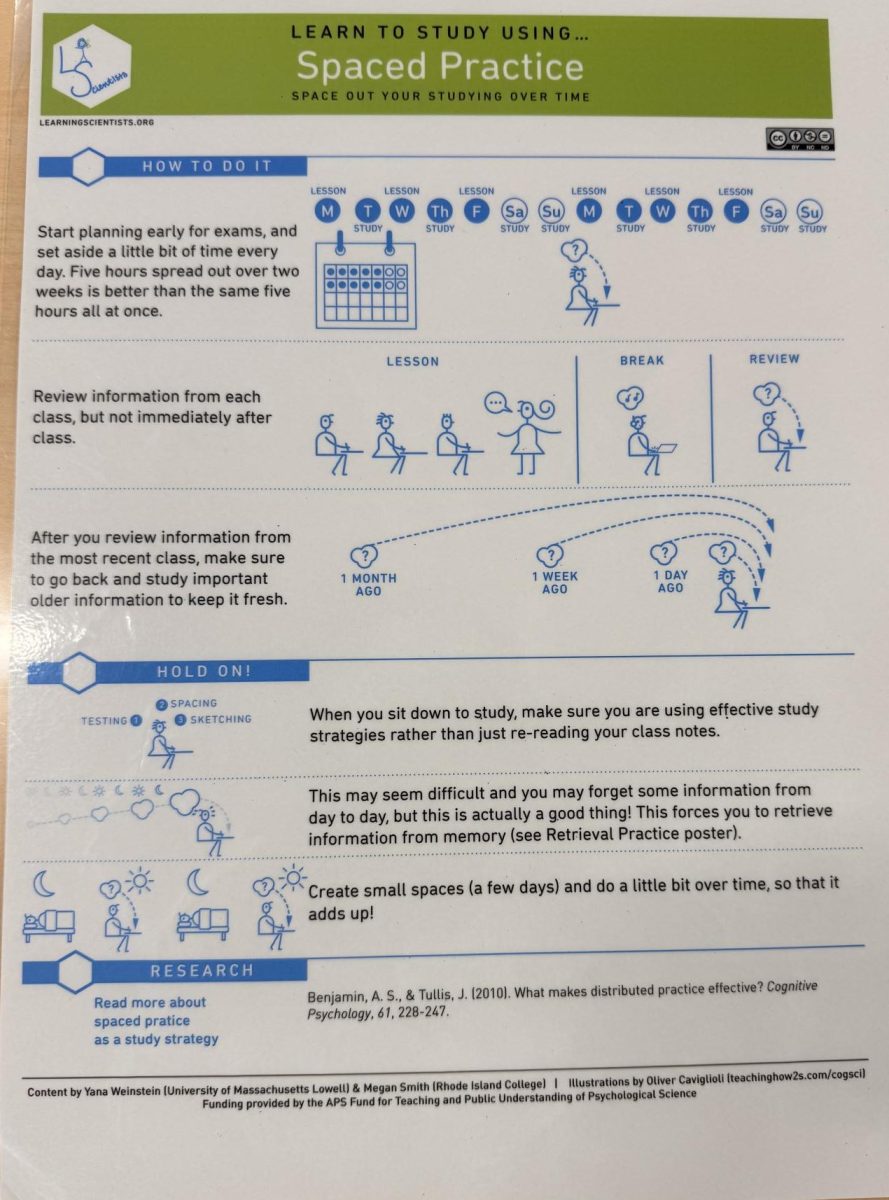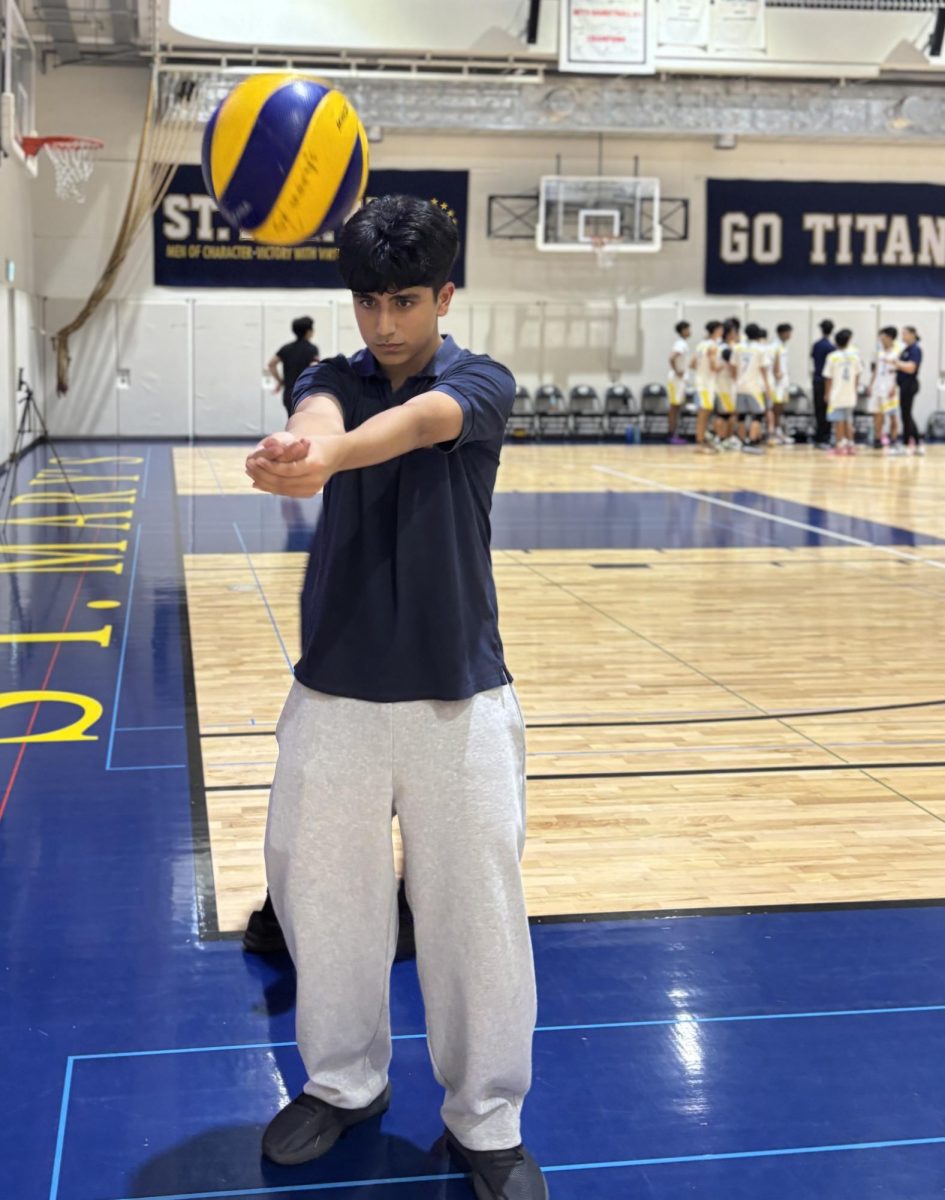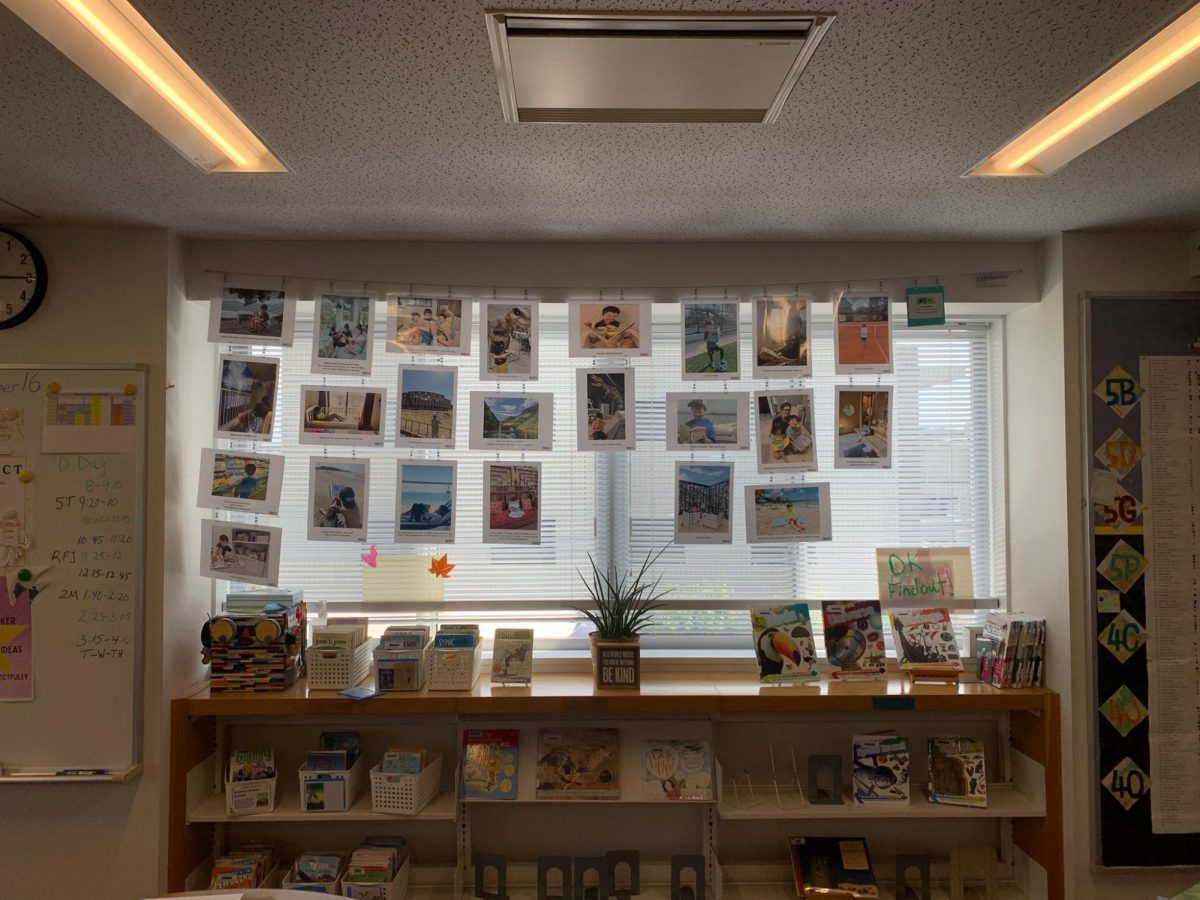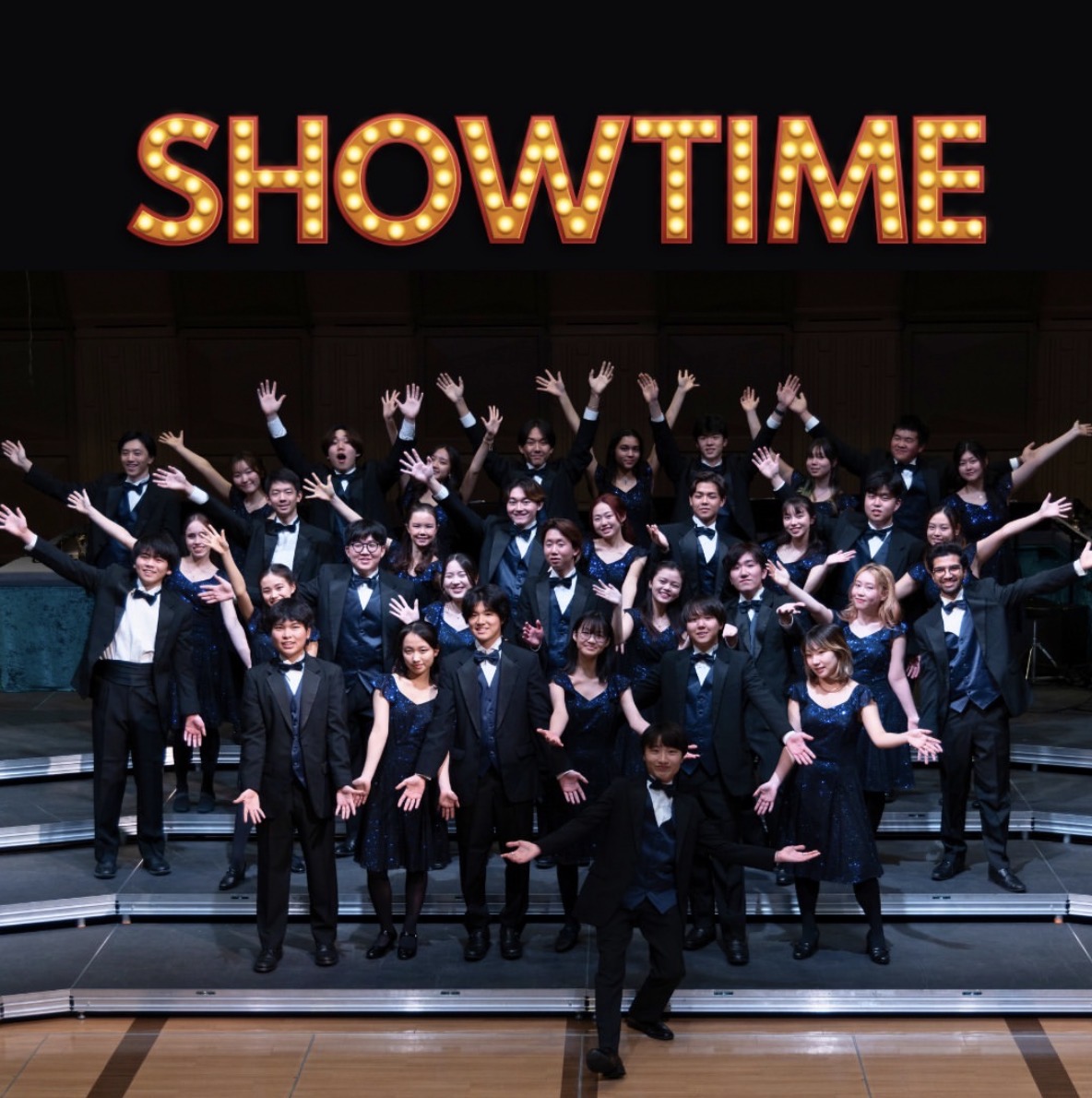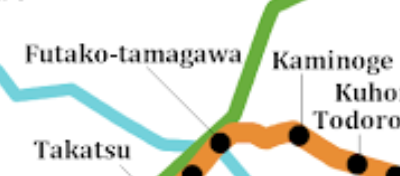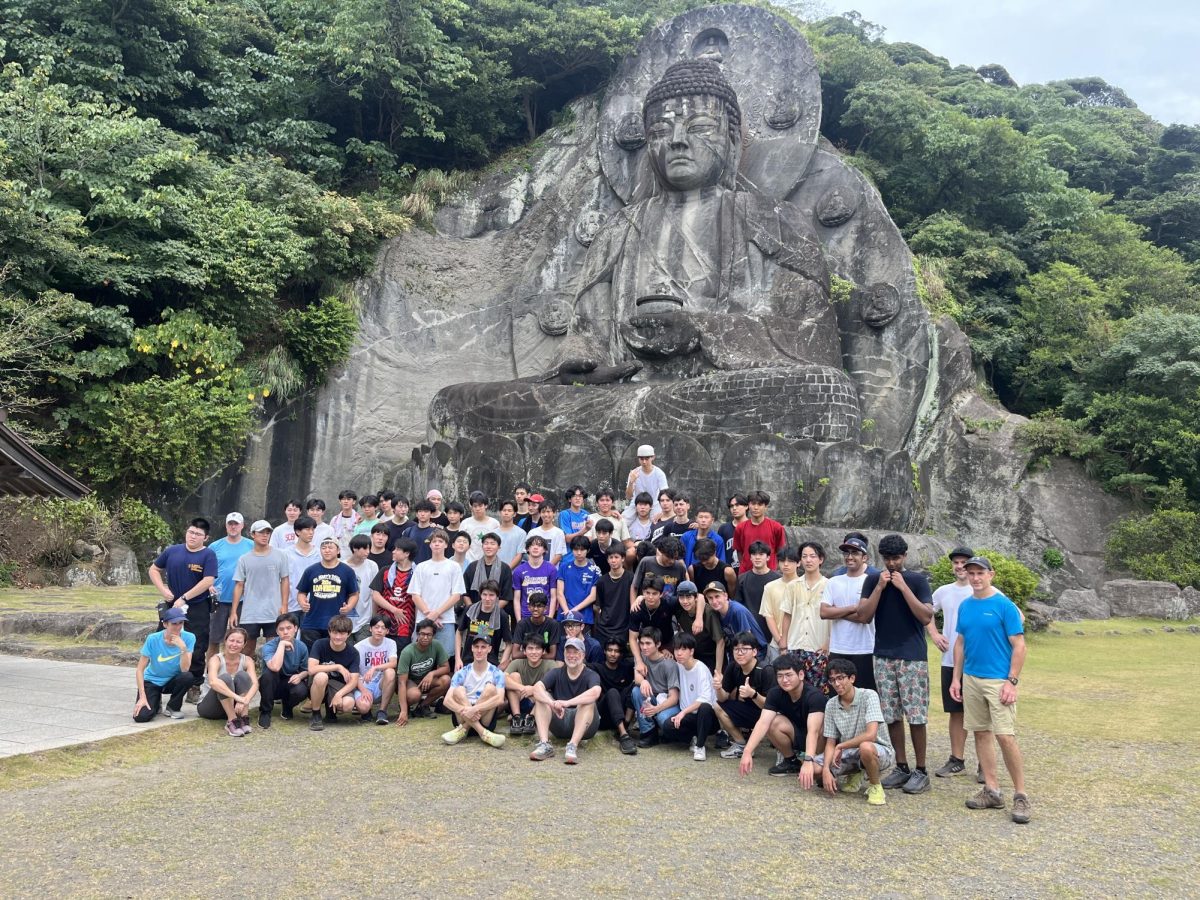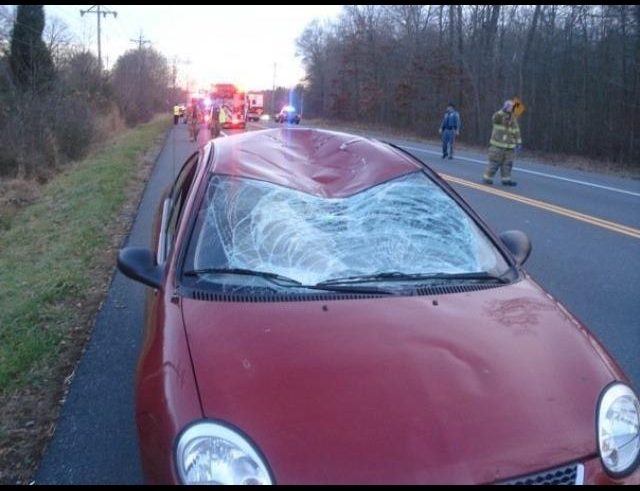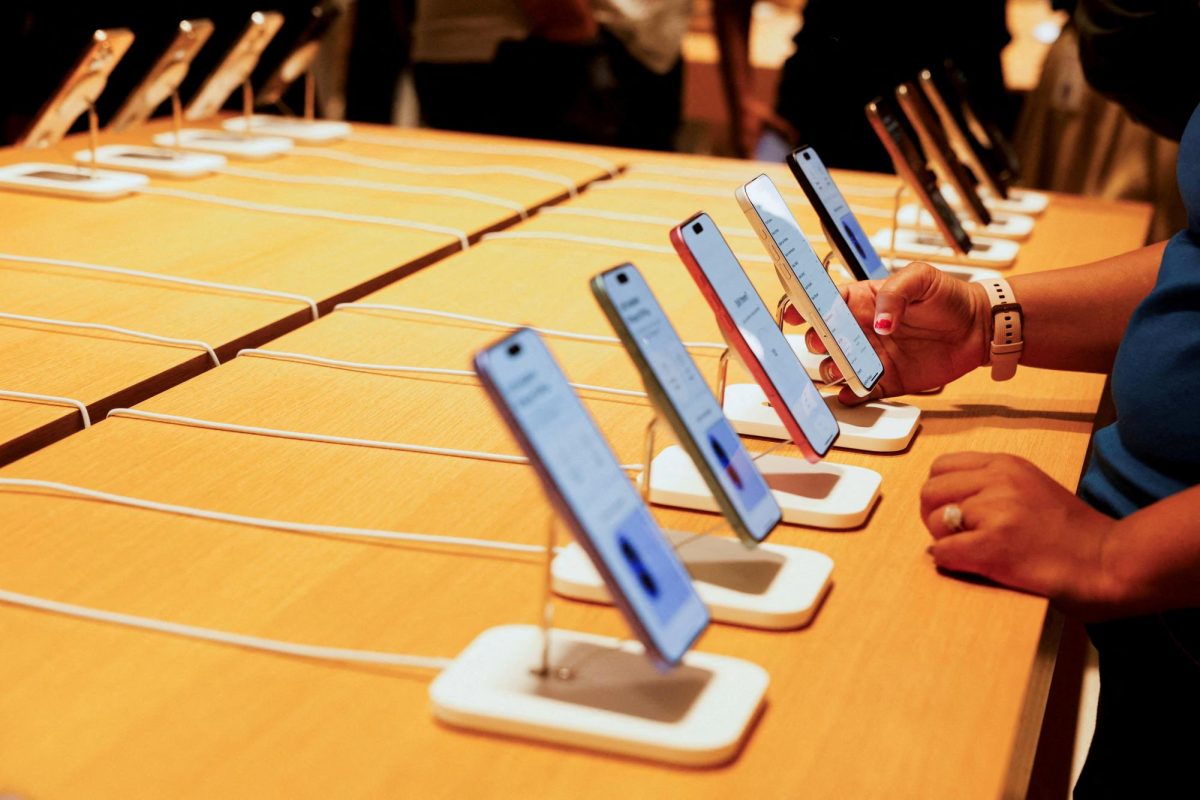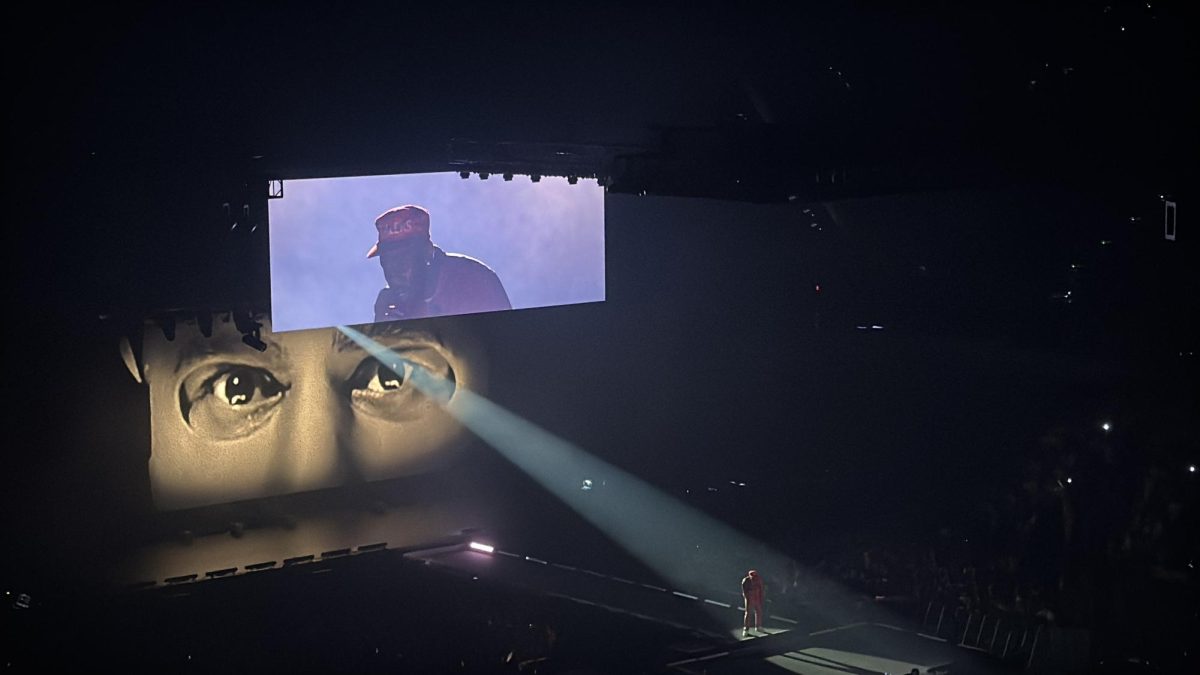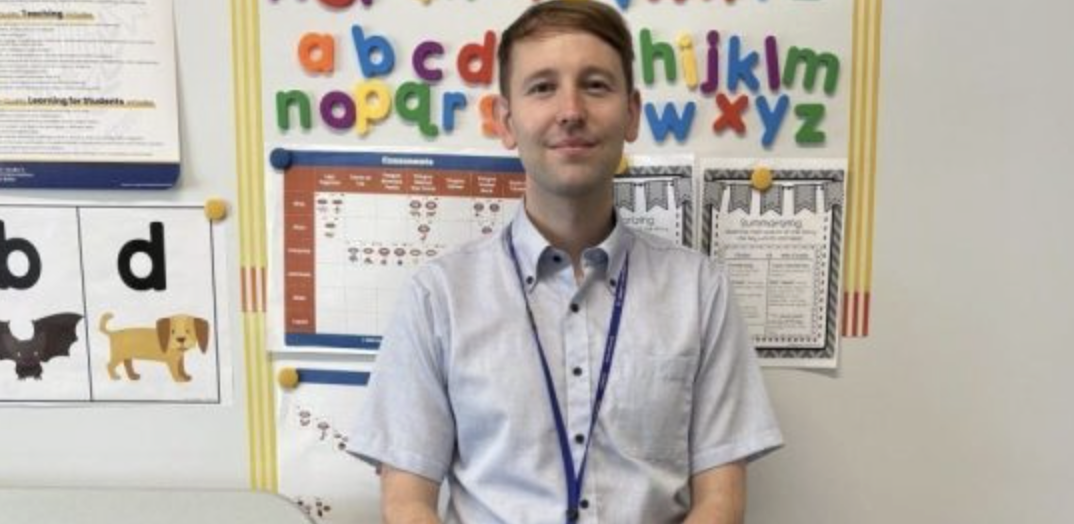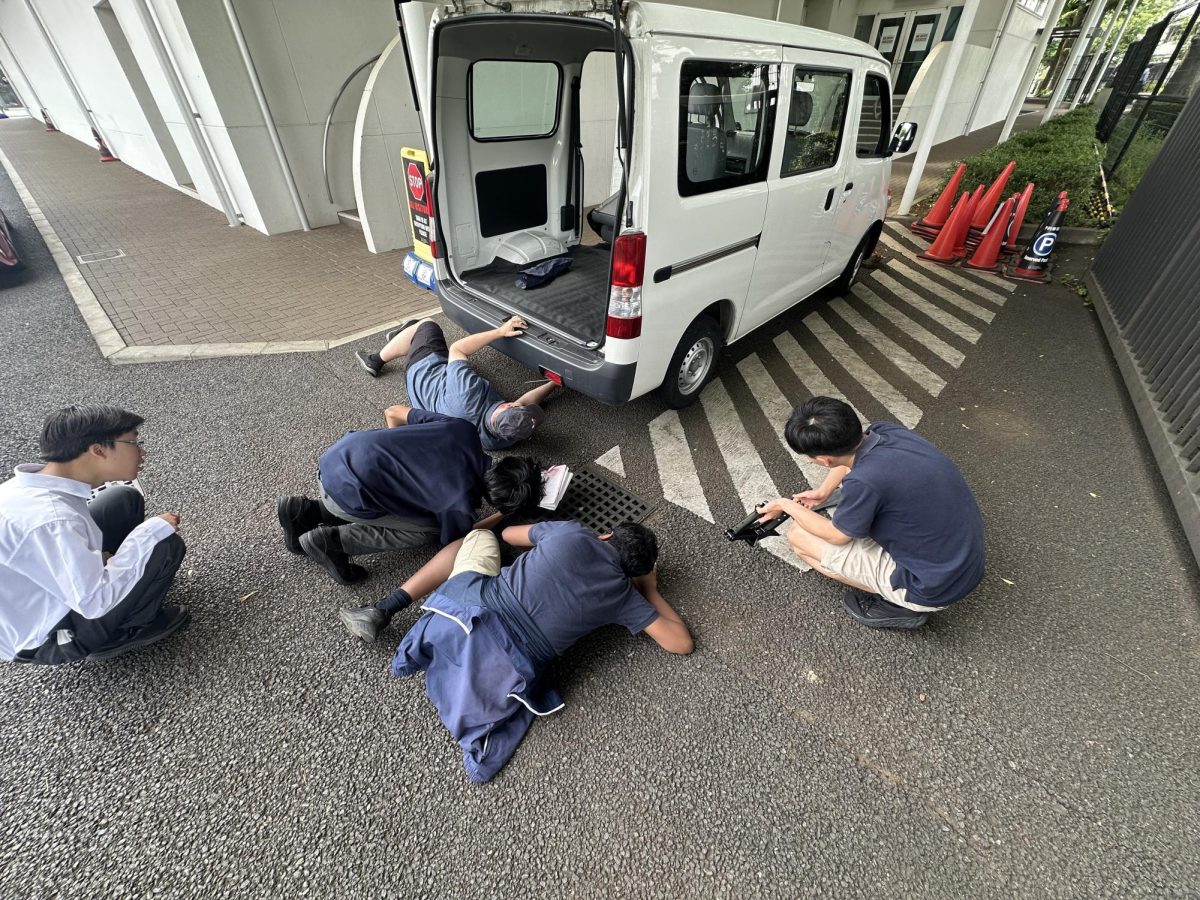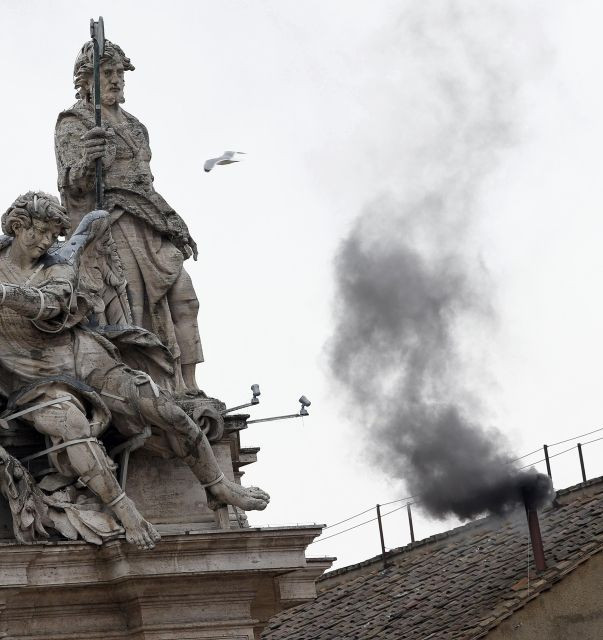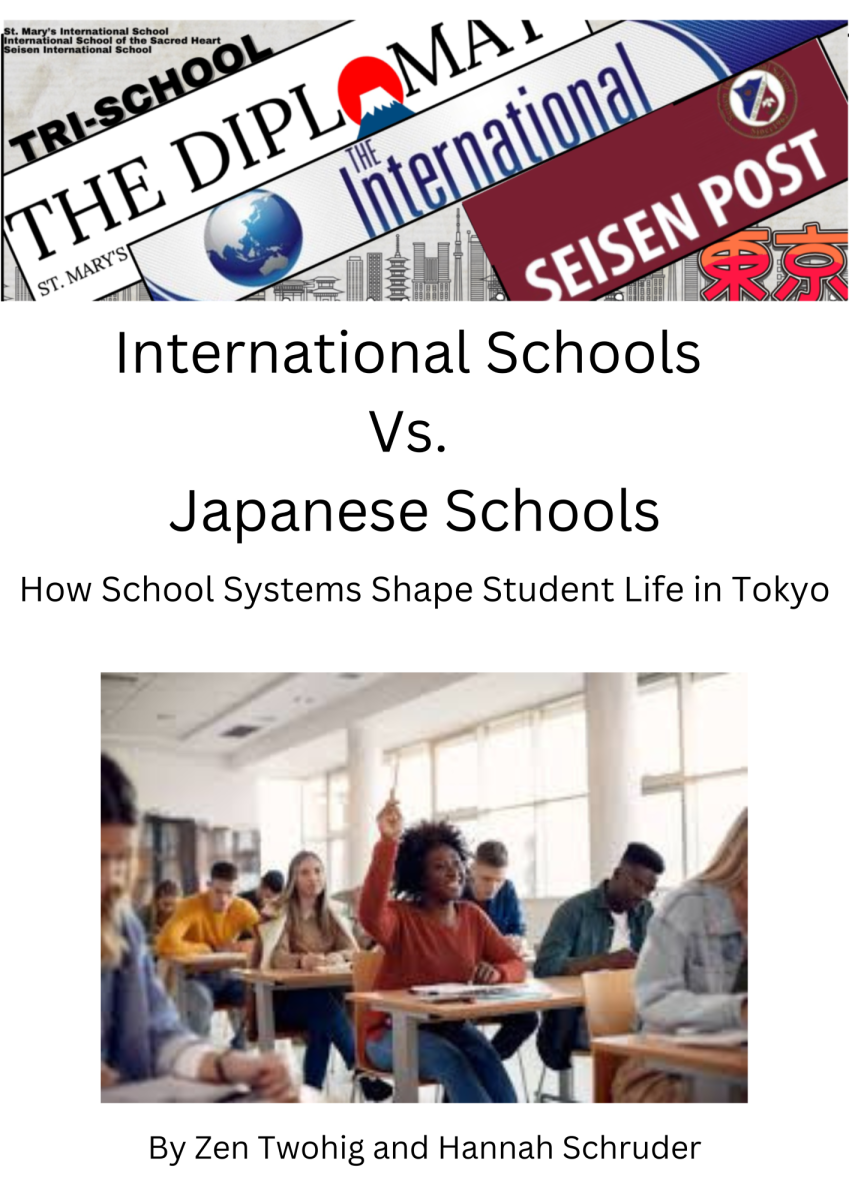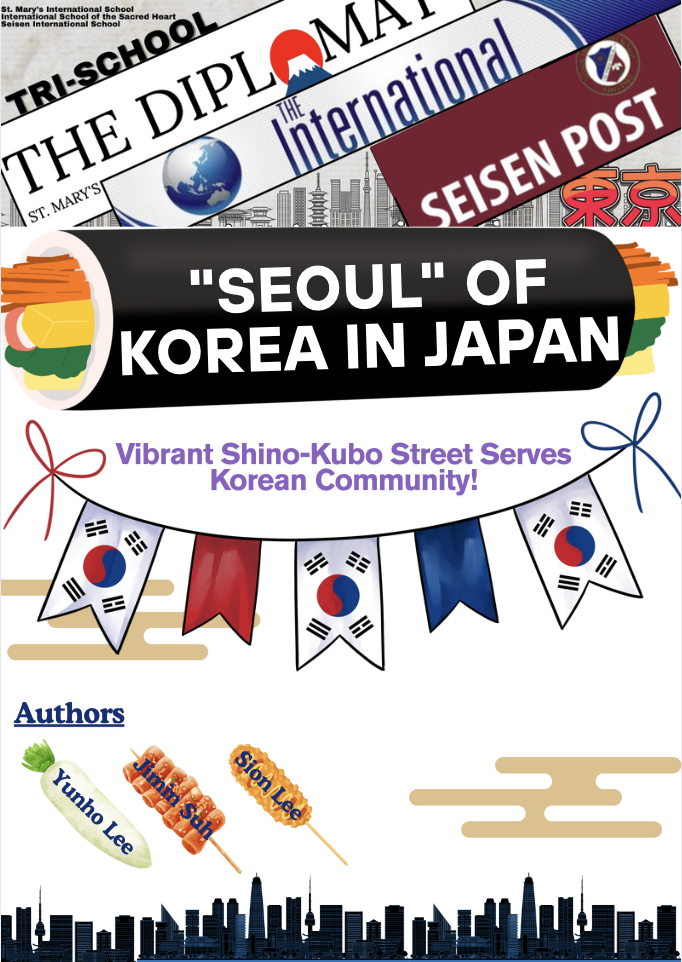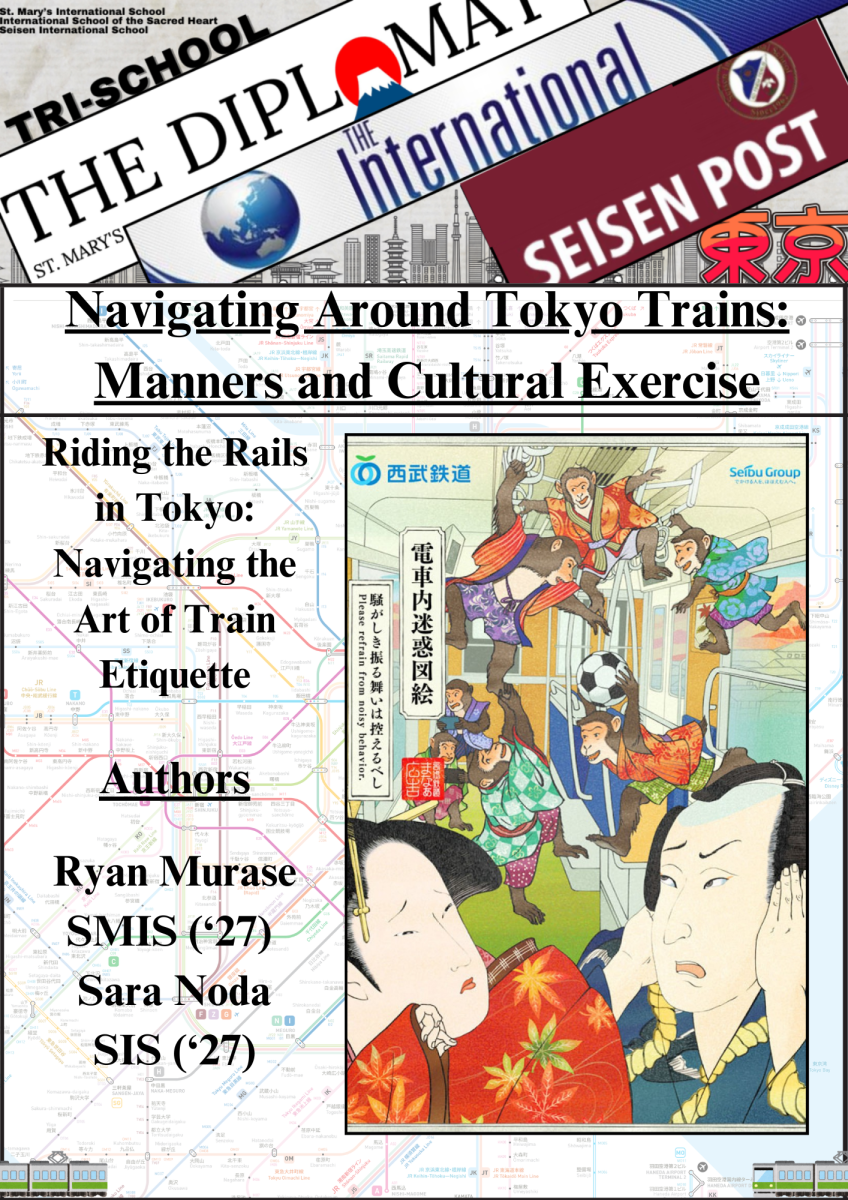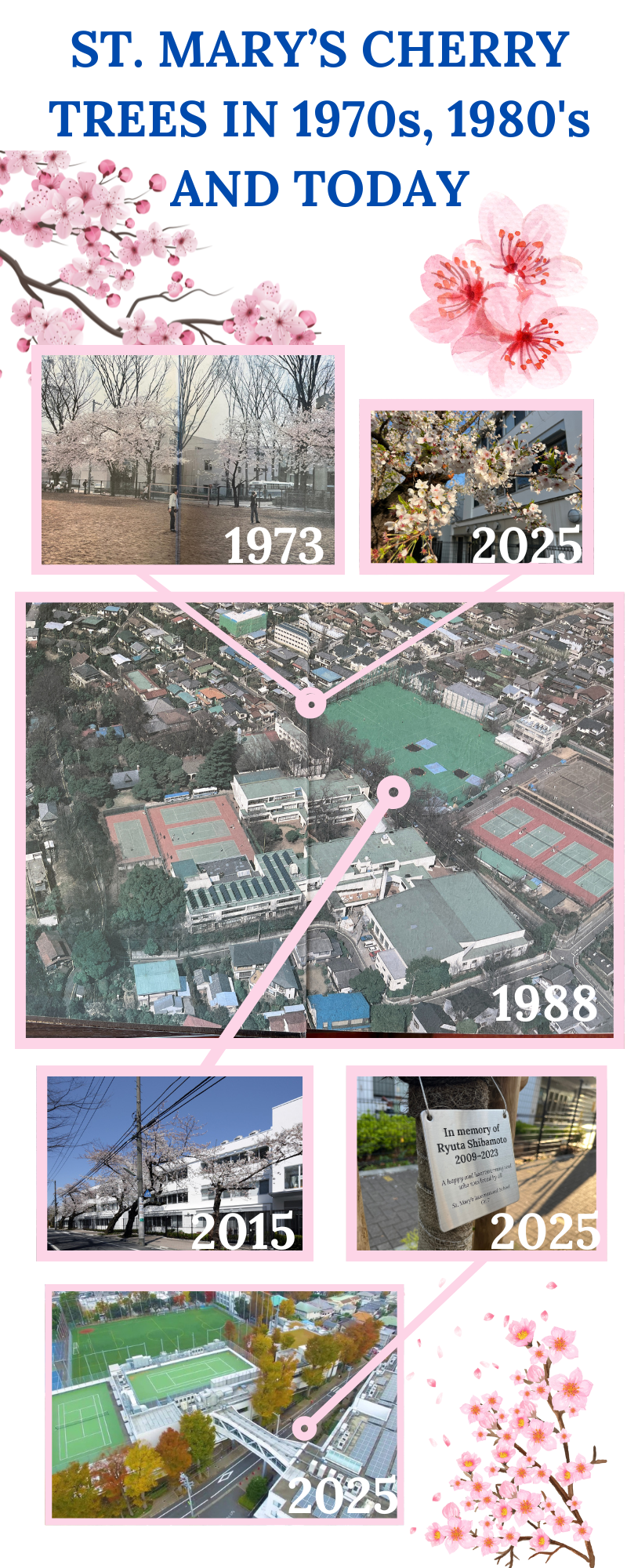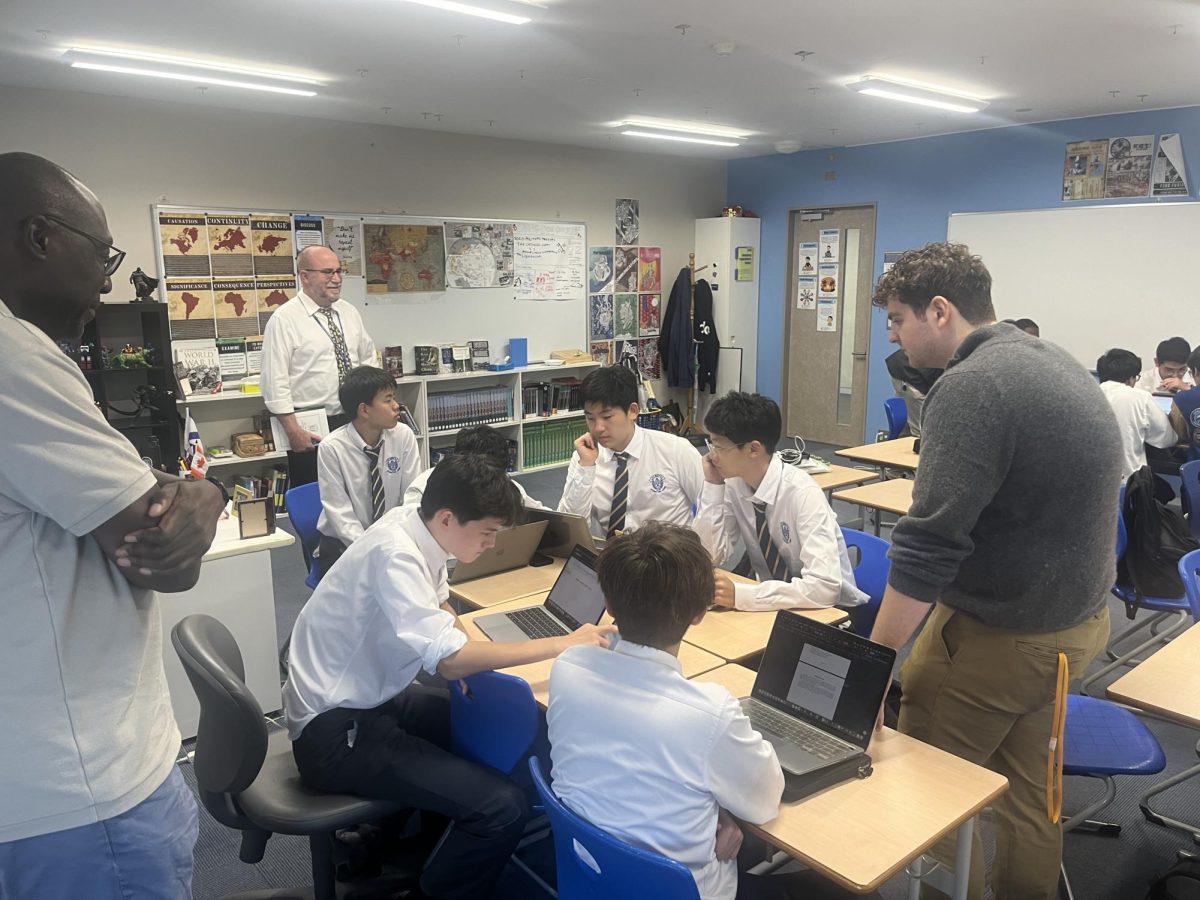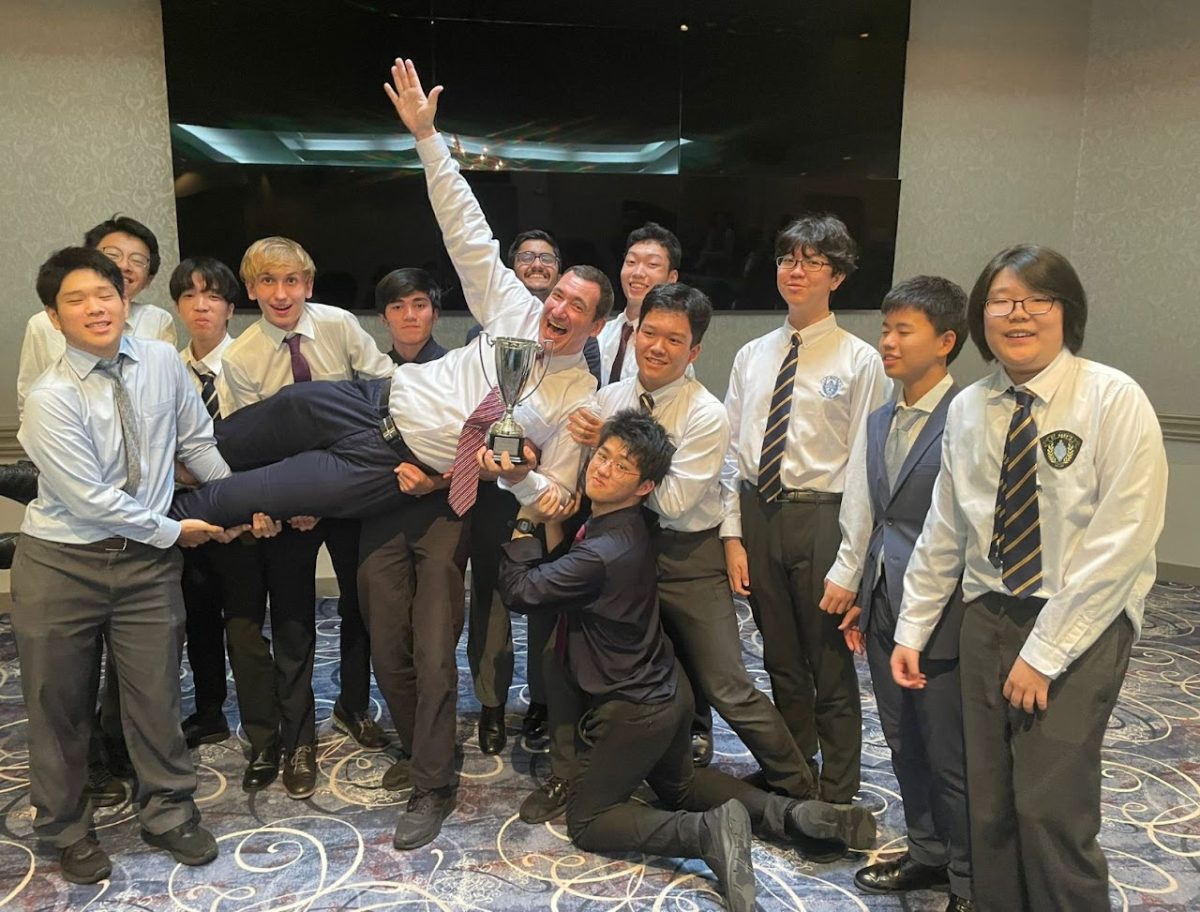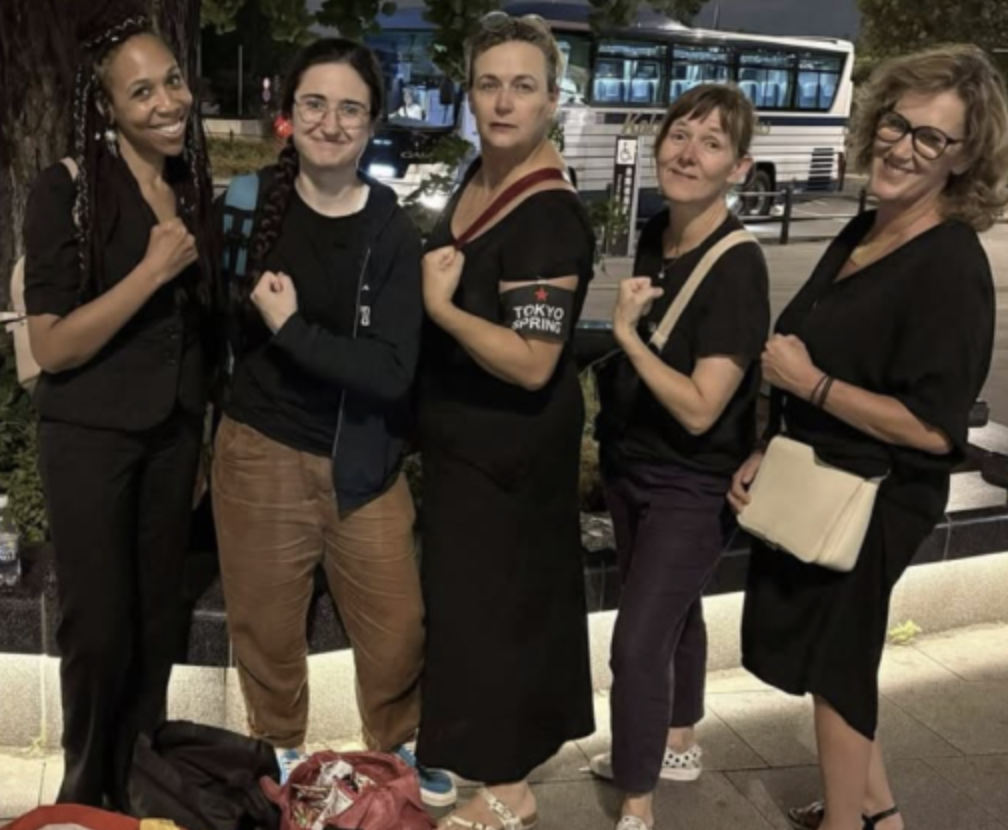Since last Friday, students have noticed something new and pink starting to grow—but what could it be?
Every spring, Japan is covered in pink as cherry blossoms, or sakura, bloom, marking the start of the season. Since before St. Marys was built, these beautiful trees have lined the outside of St. Mary’s, becoming a familiar and beloved part of the school. Students admire their beauty as they walk in and out of campus.
One particular type of tree stands out. These trees are Somei Yoshino (染井吉野), the most famous cherry blossom variety in Japan. Every Somei Yoshino tree is a clone, meaning they are all genetically identical, originally propagated through grafting rather than growing from seeds.
More recently, a new variety of cherry trees, called Jindai Akebono (神代曙桜), has been planted on campus. This newer sakura species has slightly darker pink petals compared to the pale Somei Yoshino and is known for its resilience and beauty.
In December 2023, three of the original cherry trees were removed and replaced with young ones. These trees have started to show visible signs of decay, such as hollow trunks and dead branches.According to Mr. Kagei, “When cherry trees are confined by pavement, they sometimes deform with age and as a result need to be replaced.” While their exact age is unknown, they had stood near the old athletic field before the North Building was built in 2009, making them likely close to—or over—60 years old. These special new trees, originally donated by the Ryuta family, carries a deeper meaning beyond its delicate pink blossoms. Like the study tables in the library and the trees lining the pathways, this sakura serves as a quiet memorial, a lasting tribute to Ryuta Shibamoto, a student whose memory continues to inspire those at St. Mary’s.
As you can see in the pictures below, these trees predate the newly remodeled school and surround what was once the baseball field—now the main campus. While some trees may change, the tradition of sakura at St. Mary’s remains as strong as ever.

